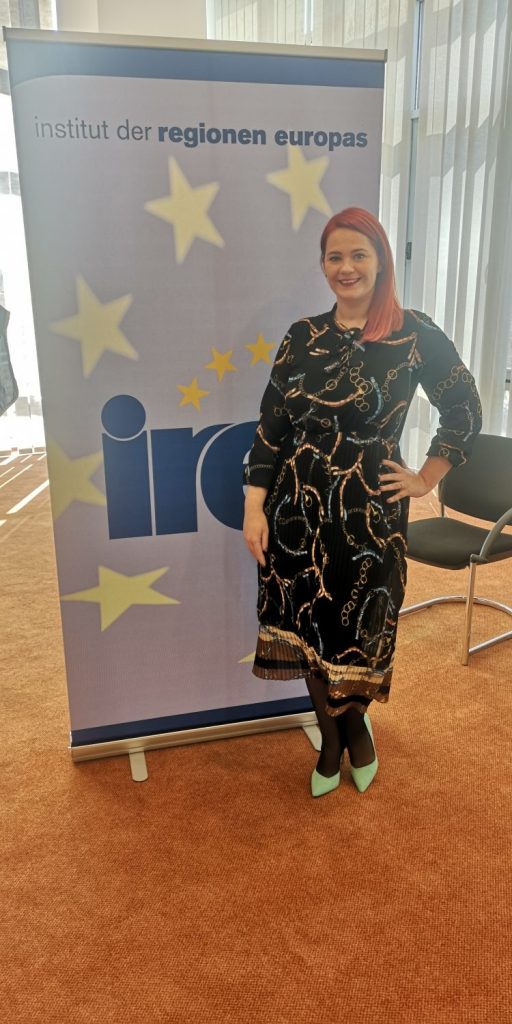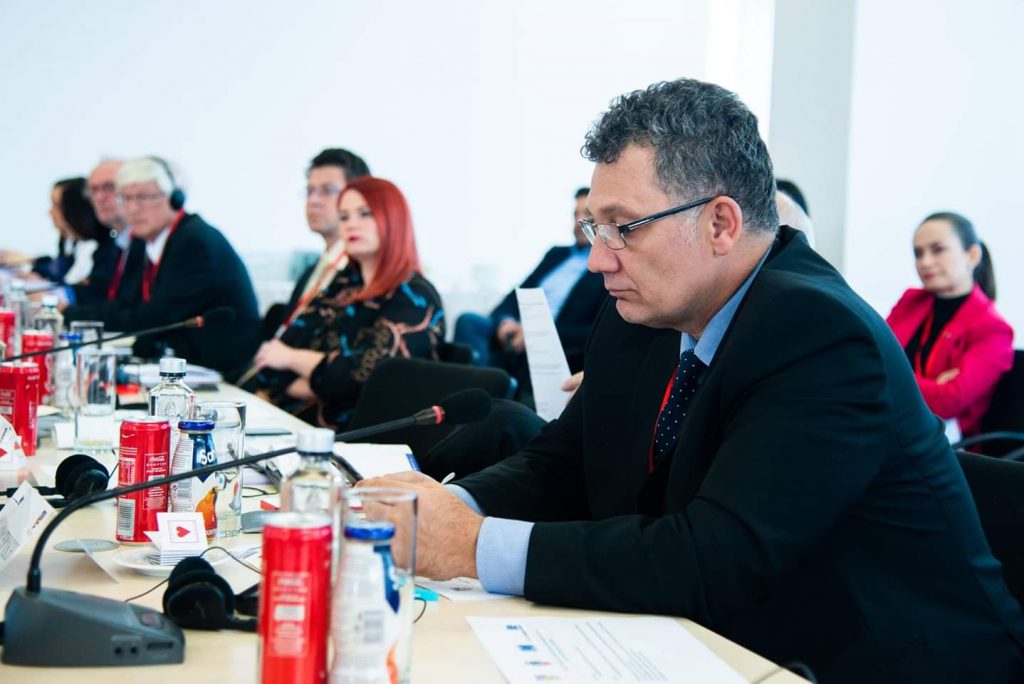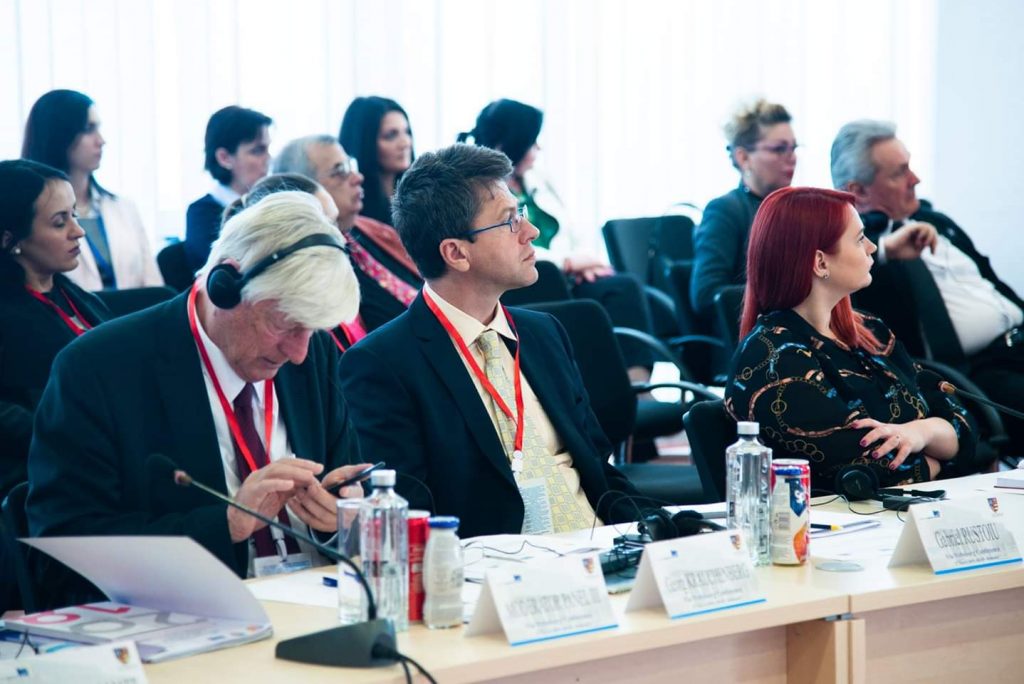Am avut onoarea de a fi invitată la una dintre cele mai importante evenimente culturale internaționale care s-a desfășurat la Arad. ”Via Habsburg” vizează promovarea patrimoniului cultural material și imaterial de sorginte Habsburgică în centrul și estul Europei, dezvoltarea turismului cultural și istoric prin includerea vestului României într-un circuit al valorilor central-europene comune, precum și schimburi de bune practici pe marginea rutelor culturale europene
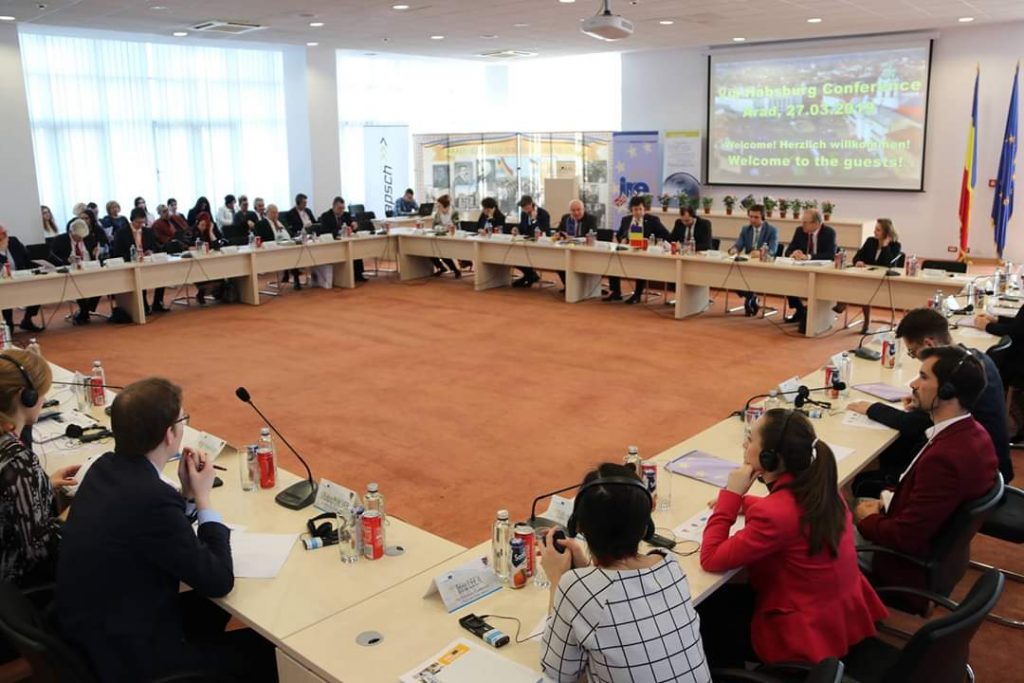
Casa Habsburg a fost una dintre cele mai influente dinastii din Europa. Într-o anumită măsură, istoria Habsburgilor este și istoria Europei. Din anii 996 până în 1918, personalitățile acestei mari familii conducătoare au avut un impact decisiv asupra istoriei, contribuind la repartizarea geografică și la soarta Europei. Istoria de peste 800 de ani a Habsburgilor este păstrată în locuri care acoperă mii de kilometri pătrați în Europa de Vest, Centrală și de Est.
Castele, palate, biserici magnifice, mănăstiri și muzee remarcabile arată că această dinastie faimoasă nu numai că a influențat decisiv istoria, dar și arta. Ca rută culturală și turistică, din Franța spre Austria, „Via Habsburg” invită călătorul la o vizită în aceste locuri, care amintesc de Habsburgi. Aceasta este o rută care se întinde pe mai mult de o mie de kilometri și care se bazează pe comunități, prietenie și relații transfrontaliere și între națiuni. Via Habsburg este una dintre rutele culturale ale Consiliului
Europei. Până în prezent lipsește un traseu cultural similar pentru estul și sud-estul Europei, unde casa Habsburg a determinat în mod decisiv dezvoltarea istorică. Județul Arad încearcă acum să se conecteze cu restul Europei prin stabilirea propriului traseu cultural al patrimoniului habsburgic și prin întărirea legăturilor istorice și culturale. Acest lucru, desigur, în special în contextul intensificării turismului.
Vă invit sa citiți mai jos discursul pe care l-am ținut la această conferință în calitate de antreprenor în turism și iubitor al Aradului. (textul este în engleză deoarece comunicarea în cadrul conferinței s-a facut în engleză și germană).
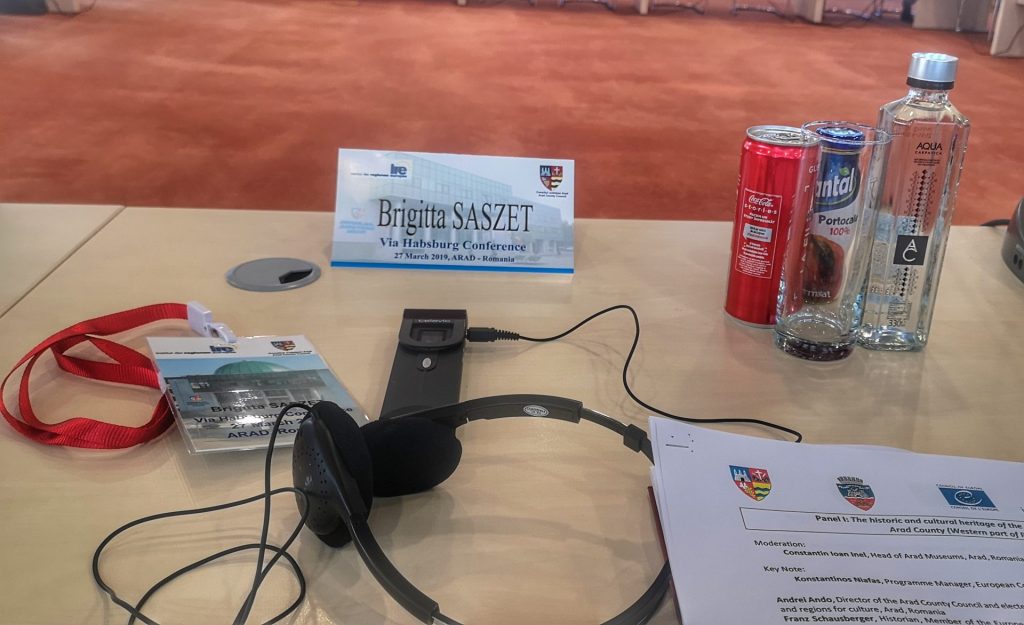
I read in your presentation that the history of the Habsburgs is also the History of Europe. Well…I would dare to say that in the western part of Romania and particularly in Arad we find a Europe in miniature. Why do I state this? Because one of the things the Habsburgs taught us is to coexist peacefully in this space: romanians, hungarians, germans, slovaks, hebrews. And till now, we do it!
Beginning with 1687 when we became part of the Habsburg Empire, Arad grew as a city. No need to say that Arad was the only city of Europe that had a factory for organs or the city where planes, trains or cars were built. But most of you have good knowledge about the history of Arad. I am here first of all as a citizen of Arad, which is my home town that I love and which I promote every time I can, and secondly I am here due to my job. I am a manager of a travel agency based here in Arad. Working for many years in the tourism industry I was able to see how new destinations appeared on the touristic map. If we take a look around I can give you at least two examples: Oradea – Romania and Szeged – Hungary. The cities are both near to Arad, aproximately the same size and we have the same Habsburg legacy. But what made them so atractive for tourists and why Arad has only two hundred thousand visitors per year?
If I would answer like an expert I would rather say that in this moment Arad has to offer maximum a visit of few hours with no need to sleep here in order to explore the area. This is the big problem that we encounter even when tourists ask us what they can do in our county. Despite the fact that we have a lot of attractions, but most in ruin or not groomed, we do not have maps or round trips prepared for visitors, we don’t have a functional info point, not even roads in good shape, as in Europe.
People who travel, travel for many reasons: to explore new places, to discover traditions and new cultures or to relax. I think Arad would have the posibility to offer them a part of everything they want. Just imagine the fortress as a tourist attraction, or a walk to the Soimos fortress or maybe a visit at the top of the City Hall and why not a relaxing bath in the pools near the river Mures that were so famous once…
As a citizen of Arad and a promoter of this town’s legacy and greatness, I would rather say that the biggest problem that we encounter is that we do not have the feeling of belonging to the city, we have no sense of local patriotism. Someone said once that with every brick that falls down from Arad’s palaces we loose a part of our identity. I am sure that he or she was right.
I think that the most important thing that we have to do now is to aware Arad’s citizens of the great gift we have that we live in such a cozy and livable city, with an impressive history and culture, with monumental buildings and people whose stories make us so rich on the map of the world. I cannot say that it will be easy but I am sure that the effort is well worth it. I am here to support any touristical intentions with know-how, with assistance and also with hard work.
I still dream that Arad will become soon a great touristic attraction because we have all we need: cultural heritage, incredible arhitecture (mostly due to our Habsburg predecesor), a river in the middle of the city, one of the most beautiful forrtesses of the world, a boulevard as long as Champs Elysee, and the list could go on…
